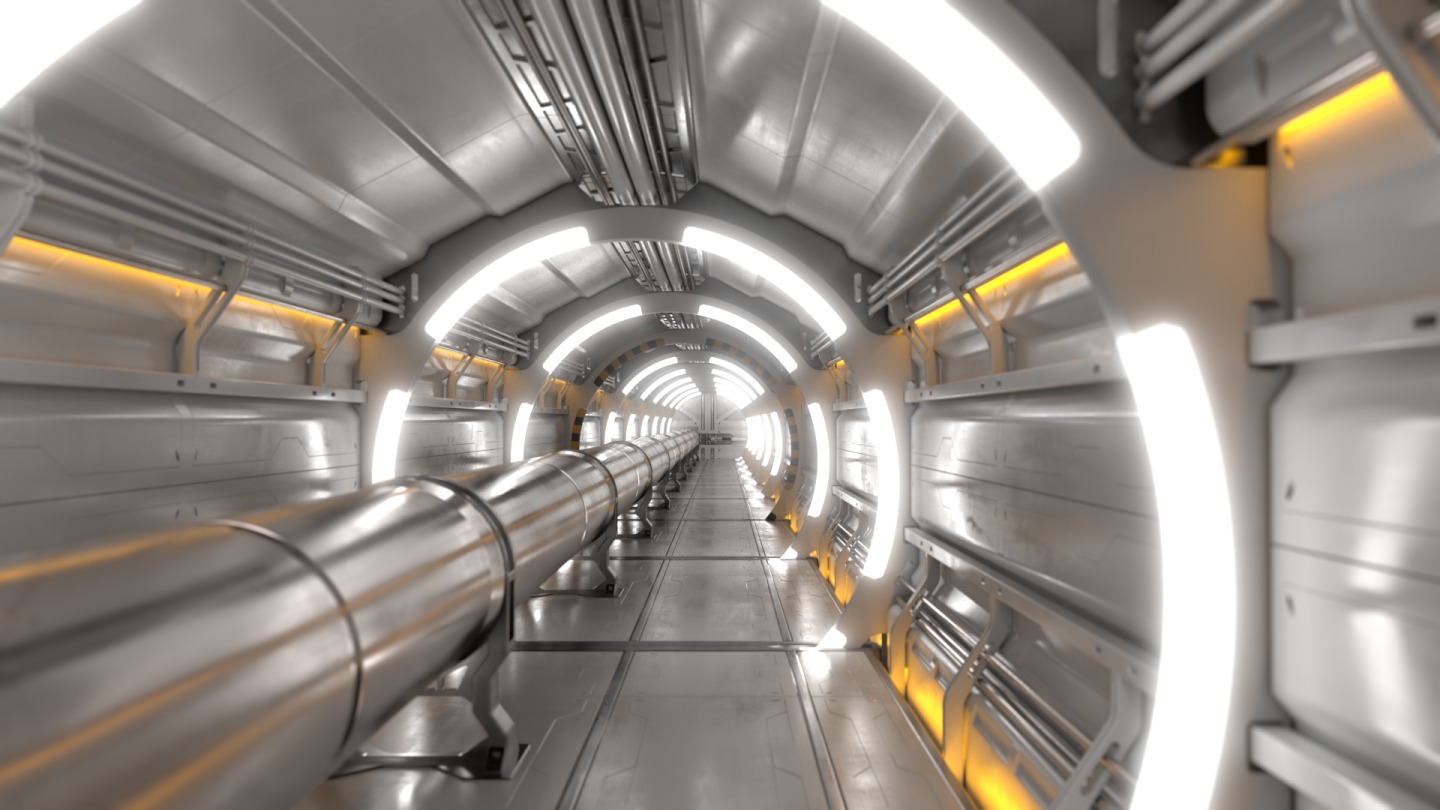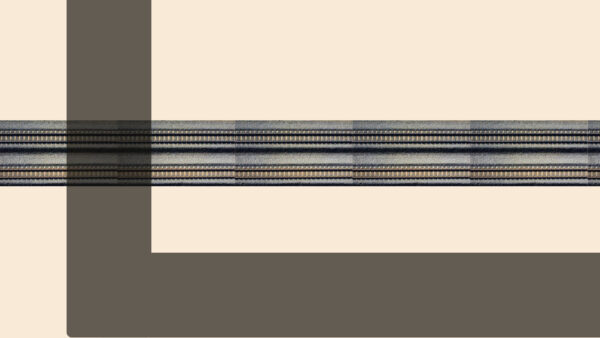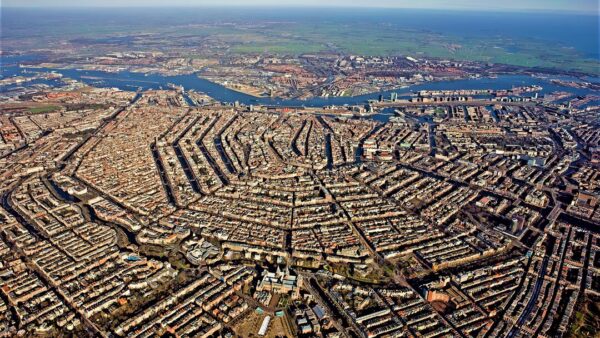
Officials at the European Organisation for Nuclear Research, or Cern, yesterday revealed more details of their plans to build a particle accelerator that is at least three times longer than the Large Hadron Collider (LHC) in Geneva.
The LHC is the world’s largest and most powerful accelerator and takes the form of a circle with a circumference of 27km. It was built to smash protons together and detect what kinds of secondary particles are produced.
In 2012, the collider proved the existence of the Higgs, a virtual particle or boson, that completed the “standard model” of particle physics. However, that has been its only significant discovery in the 16 years since it was built.
Particle physicists now want to build a €20bn Future Circular Collider in a 5.5m diameter underground tunnel with a length of almost 91km, giving it a circumference of the same length.
It would be able to achieve energies of 100TeV, or more than seven times greater than the LHC. The amount of energy is crucial, because the bigger the “bang” when particles are brought together, the larger the particle that can be revealed.
Cern is looking at three types of particle collisions: proton–proton collisions, like in the LHC, electron–positron collisions, or proton–electron collisions.
The hope is that this could shed light on scientific problems that have so far proved beyond the reach of mathematics alone.
First among these is the existence of “dark matter”, which shows up in astronomical observation as “gravity lenses”, and appears to be necessary to explain the rotation of galaxies.

Another puzzle is the preponderance of matter over anti-matter. Both were, it is theorised, created in equal amounts at the start of the universe, but anti-matter does not occur, except briefly in certain reactions, such as cosmic ray collisions.
There is also the question of whether “curled up” dimensions exist at very small scales, as is required by the mathematics of string theory.
Cern is to carry out a feasibility study over the course of this year, and aims to reach a final plan in 2028. If funding is granted by Cern’s 21 member states, the first phase collider could be ready for operation in the 2040s, and then reach its highest energies in the 2070s.
Fabiola Gianotti, the director-general of Cern, said: “If approved, the FCC would be the most powerful microscope ever built to study the laws of nature at the smallest scales and highest energies, with the goal of addressing some of the outstanding questions in today’s fundamental physics and our understanding of the universe.”
Any decision to go ahead with the collider is a gamble, since nobody knows if there is anything to find beyond what the LHC has already revealed. As a result, many scientists are enthusiastic about the possibilities of the project, but others are sceptical as to whether it would make any fundamental breakthroughs.
Sabine Hossenfelder, a scientist at the Munich Centre for Mathematical Philosophy, who has a YouTube channel with 1.1 million subscribers, commented: “Right now we have no good reason to think that there is anything to discover until we get to energies a billion times higher than the FCC would be able to reach. And the cost is high compared with typical expenses in experiments in the foundations of physics. So it has a high cost but a low estimated benefit.”
Further reading:






